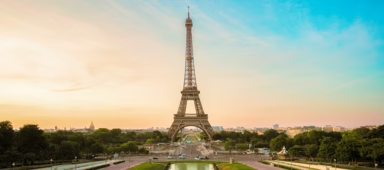The South African-born Swiss adventurer has circumnavigated the globe at the Equator, among other extraordinary feats
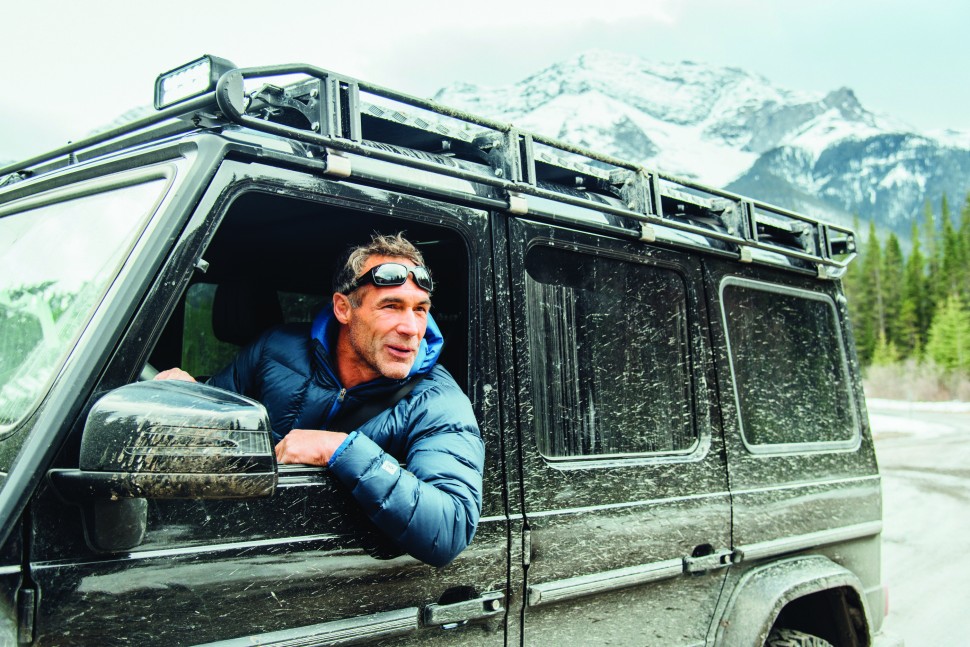
You’ve often been called the greatest explorer of all time. What do you think of that?
To me, Sir Ernest Shackleton, Captain Robert Falcon Scott and Roald Amundsen are the greatest explorers of all time! Those are the explorers that I’ve always admired and inspired me to pursue a career in exploration.
Tell us about your first ever major solo expedition.
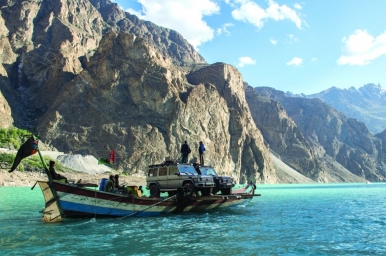
In April 1997, I undertook a six-month solo traverse of the South American continent. I left on foot from the Pacific Ocean and climbed to the source of the Amazon River high in the Peruvian Andes. From there, I descended the 7,000 kilometres of the Amazon River with a hydrospeed until I reached the Atlantic Ocean.
What was the most challenging or dangerous situation you’ve had to face?
There have been many throughout my adventures, but to state a few: getting bitten by a snake and going completely blind for an entire week in the Amazon jungle, having my tent burn down in flames during my circumnavigation of the Arctic Circle, or falling down a crevasse during my latest expedition across Antarctica.
What is your goal whenever you set off for an expedition?
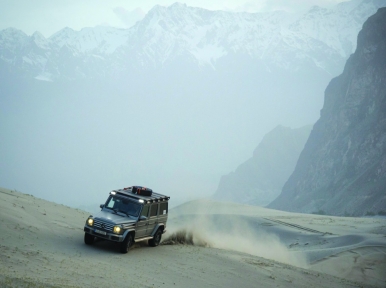
To share my adventures, inspire, learn from the world, and raise awareness.
Was there an unforgettable memory from all of your travels?
There are so many unforgettable memories, but a recent one would certainly be the day I reached the coast and saw the ocean after my 57-day solo traverse of Antarctica at the beginning of 2017.
What would you say is your greatest adventure of all time?
Most probably my recent solo traverse of Antarctica in 57 days. This was a childhood dream that finally came true, once I felt that I had acquired enough experience and knowledge from my previous expeditions.
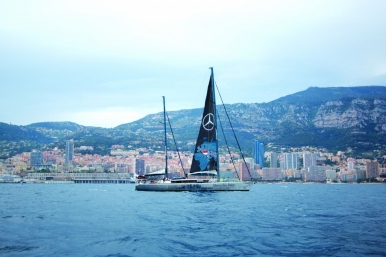
Nobody has attempted to cross the continent solo and unsupported. Antarctica only has two months of summer, where the temperature is -30 degrees Celsius. In winter, it’s -90 degrees Celsius. It is impossible for human beings to stay alive.
My expedition was two months late because the ice held up the boat, but there was a small window of opportunity to make it across and I decided to go. I had a sled with enough food and fuel to keep me alive for 90 days.
Temperatures on the plateau were about -40 degrees Celsius. I lived in a tent and ate 12,000 calories a day just to have enough energy. The wind was constantly blowing around 50 kilometres an hour so pitching the tent was difficult and I couldn’t take my clothes off, even inside. My feet froze so I had to let blood out every day to release the pressure. If you want to do something that has never been done before, you must be willing to go that extra mile.
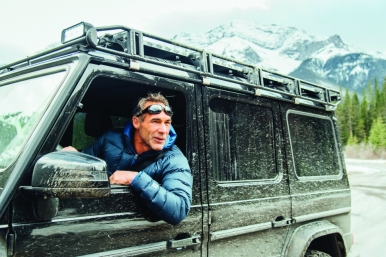
Twenty-eight days later, I reached the South Pole. I stayed only for a few hours because winter was approaching and I had to walk for my life. My body temperature went down to 35 degrees and I was suffering from hypothermia. I broke my ankle when one of my skis got caught in a snow drift. Things weren’t looking too good, but that’s life – you can’t stop. After 57 days, I reached the other side and I saw the ocean in front of me. It was one of the most amazing experiences of my life.
Why do you do what you do?
That’s a question I often ask myself. As a professional explorer, I’ve climbed five 8,000-metre peaks. Every year, nearly half the people who attempt to climb them die, so why do people do it? Birds fly because they can and fish swim because they are made to swim. I explore because that’s what makes me happy, and that’s what I want to do in life. Adventure is something that puts a smile on my face. Although it’s risky, I’m not afraid of dying. I’m afraid of not living.
What’s the best thing about your ‘job’?

Traveling to remote places and witnessing the untouched beauty of this planet! I drove across the Himalayas on an expedition with my two daughters, and we passed some of the highest roads in the world. The people there don’t often see cars, so when my daughters drove past them on the road, all their heads turned and they started pointing.
I was half a kilometre behind and when I saw how excited they were, I stopped next to them, got out of the car and opened the doors – and about 20 people piled into it, one sitting on top of the other, some trying to steer the wheel. Sharing that passion for adventure, knowing that this will be something that they will speak about for the rest of their lives, is the way to make people happy.
Some advice for those who want to follow in your footsteps.
Motivation is not enough to succeed. You need to believe in yourself and always be disciplined. We all have a hunger for adventure. We can be adventurous in anything: mountaineering, music, art, science – but what’s important is to step out of the comfort zone. If you’re afraid of losing, you can never win. It’s only when the will to win becomes bigger than the fear to lose that you can go out there and achieve amazing things.
Where to next?
India! I plan on climbing the highest virgin peak in the Himalayas, but instead of taking a plane, my daughters and I plan on driving from Malaysia all the way to India, passing through Thailand, Cambodia, Laos, Myanmar and Bangladesh.





